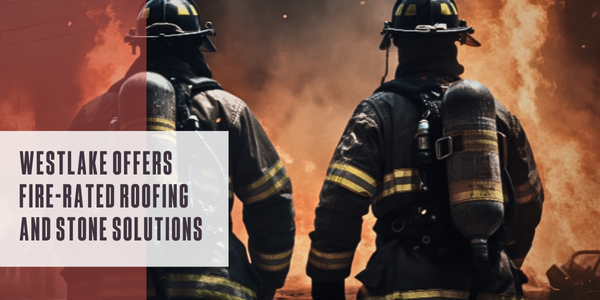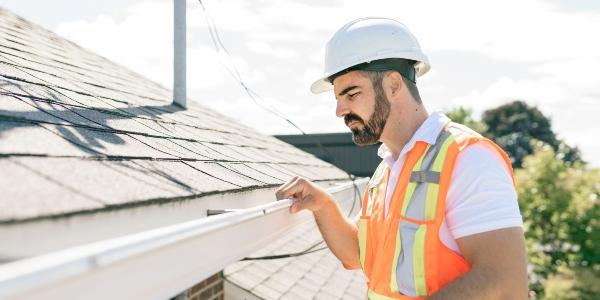Wildfire Season is Coming: For Homeowners, it's Time to Heed the Four "S's" for Safety and Preparedness

Gear up: hot weather is coming and that means, it’s the start of wildfire season.
Preparing a “fire hardened” home is essential as wildfires threaten more U.S. and Canadian regions than ever before. Leading residential trade organizations such as the Metal Roofing Alliance (MRA) and wildfire safety experts say it is up to homeowners to take steps now to help their home survive a wildfire. That includes paying heed to the four “S’s” — structures, spacing, selection and sprucing.
#1: Structures
Because of the behavior of wildland fires, how a home or building is designed and constructed is the most important factor in fire resiliency. That includes incorporating fire resistant roofs and siding, interior sprinklers, decks and patios made of non-flammable materials, heat resistant windows and more.
Homes that have been fire hardened limit or eliminate the use of readily combustible exterior materials, such as wood, oil and tar based products, in favor of more fire resistant materials like concrete, stone, gravel and metal. With a home’s roof being the single most vulnerable area for ignition in the event of a wildfire, materials such as metal roofing systems that carry a Class A rating for fire resistance are essential. In fact, local ordinances in some wildfire-prone areas have declared wood shake roofs to be “a severe fire hazard and danger,” and have even offered incentives to help replace them.
Specific to roofs, in addition to choosing a fire-resistant material like metal, consider that burning embers can roll off a steep-pitched roof, making it more fire resistant than a flat one. The underside of roof eaves, fascias and soffits should be protected against airborne embers by enclosing them with ignition resistant materials. The underlayment your installer uses matters: ask them how to increase fire resistance when re-roofing your home.
#2: Spacing
According to the National Fire Protection Association, homeowners need to pay close attention to three wildfire danger zones surrounding their house: the immediate zone (the dwelling and five feet surrounding it); the intermediate zone (up to 30 feet from the dwelling) and the extended zone (up to 200 feet).
Take special care especially in the immediate zone to eliminate highly flammable materials. Consider only planting in containers that are kept well-watered for anything close to the home. Instead of bark or wood chips, mulch with very fine compost or inorganic material such as gravel and rocks.
#3: Selection
Choose low flammable landscape and building materials. However, keep in mind that all plants will burn so where they are placed and how they are maintained are more important than the type. Choose “fire-reluctant” plants by checking out the plant generator list on living-with-fire.org/plant-list-generator/ and avoid highly flammable plants and plants that are considered invasive to your region. Rules of thumb for good plant options include growing native species that are more adapted to your climate zone, avoiding plants that retain dead leaves, twigs and branches or those that give off a waxy or oily smell. Consider low-growing greenery and plants with high moisture content in your Immediate and Intermediate zones.
#4: Sprucing
Keep your property “spruced up” and properly maintained, free and clear of debris. Remove brush piles promptly. Rake and remove woody debris and minimize flammable materials on the property. That includes everything from dry and dead vegetation to gas cans and oily rags that may be stored in your garage.
Structures such as roofs, gutters, decks, beds and pathways in the immediate and intermediate zone should be cleaned and free of debris and dry organic matter, especially important in late summer and early fall. Trim trees and bushes away from all structures. Consider a low maintenance roof that won’t collect or support the growth of organic materials, such as metal roofs which are naturally resistant and can be easily cleaned with a simple squirt of water to remove debris.
About Metal Roofing Alliance (MRA)
Representing metal roofing manufacturers in the United States and Canada, the Metal Roofing Alliance (MRA) was formed to help educate consumers about the many benefits of metal roofs. The main objective of MRA is to increase awareness of the beauty, durability and money-saving advantages of quality metal roofs among homeowners, as well as to provide support for metal roofing businesses and contractors. For more information, visit MRA.










Comments
Leave a Reply
Have an account? Login to leave a comment!
Sign In